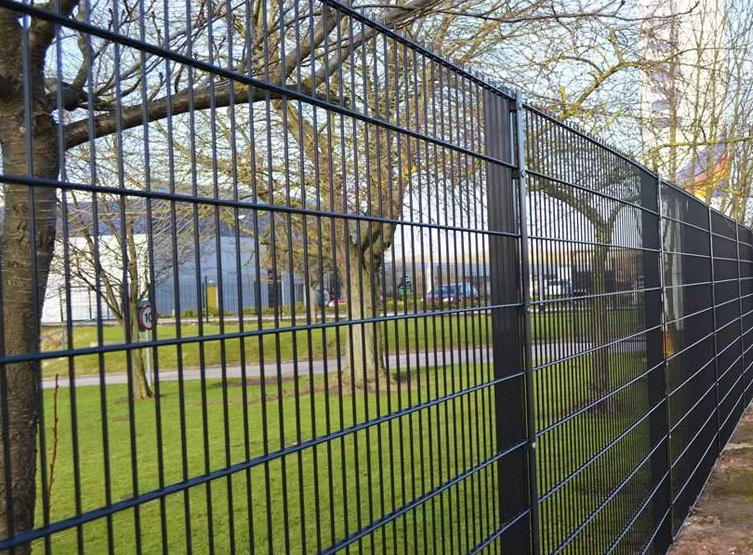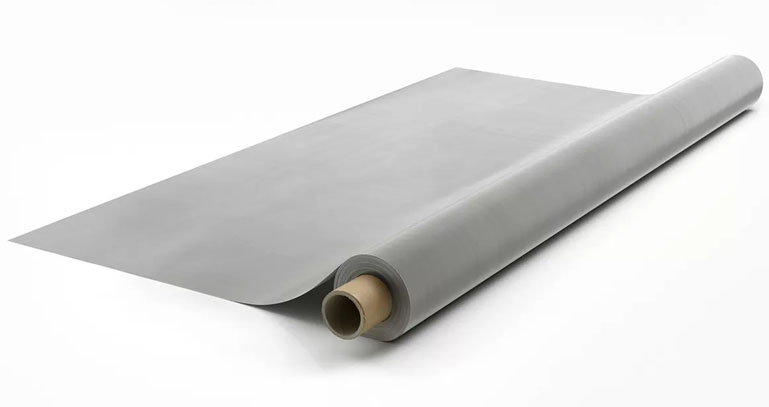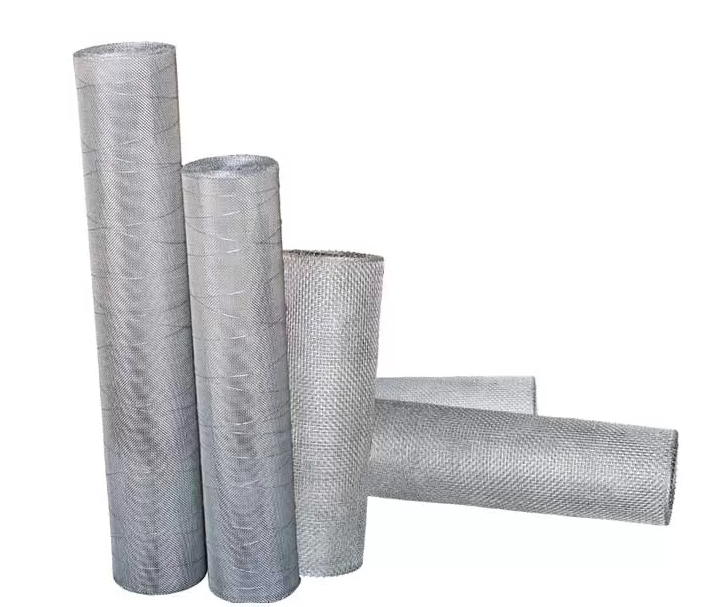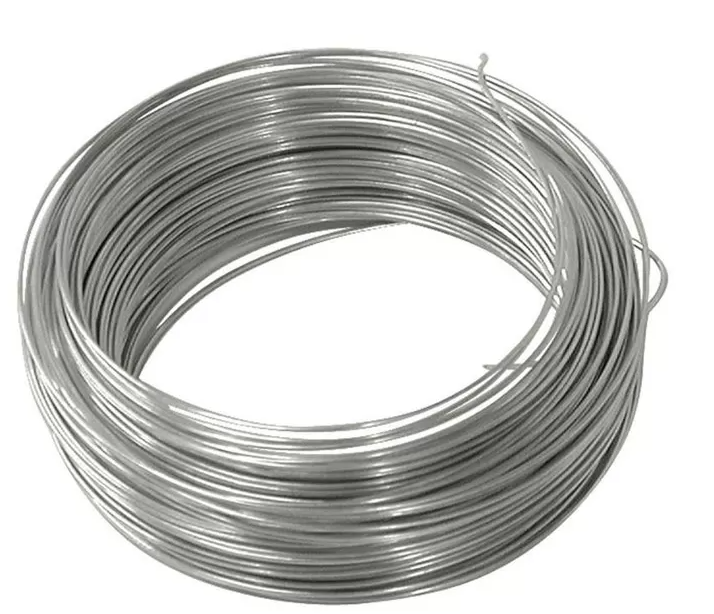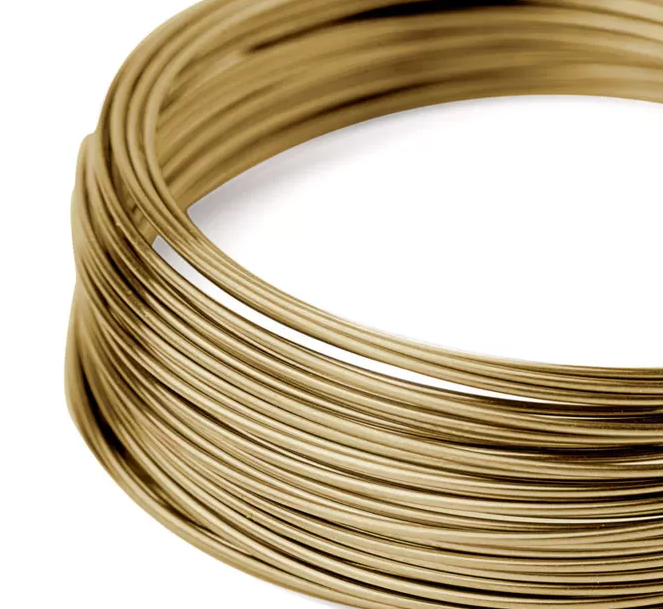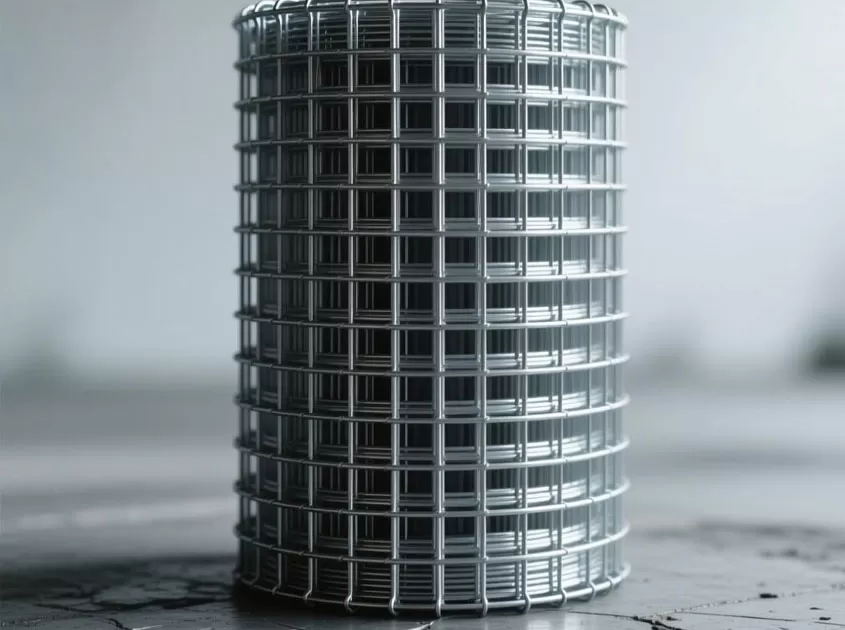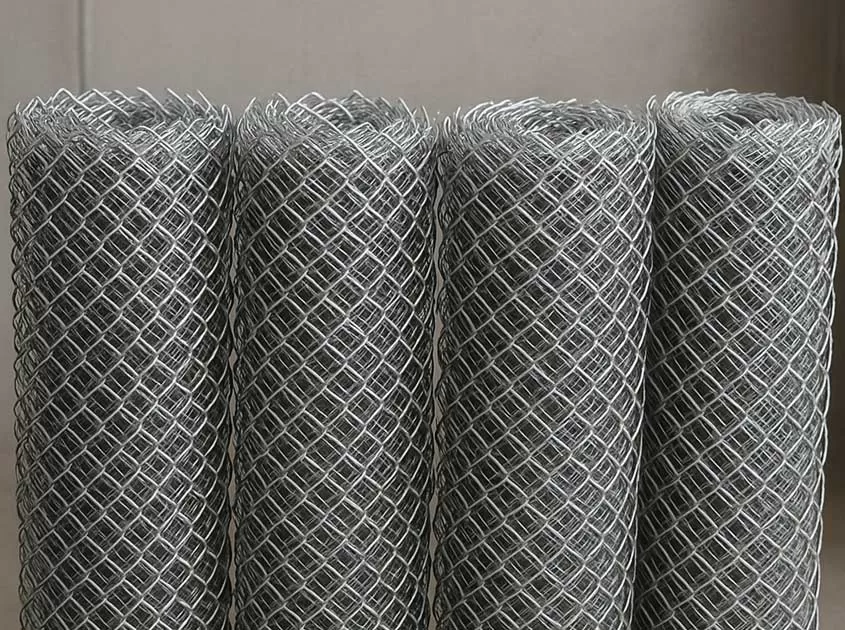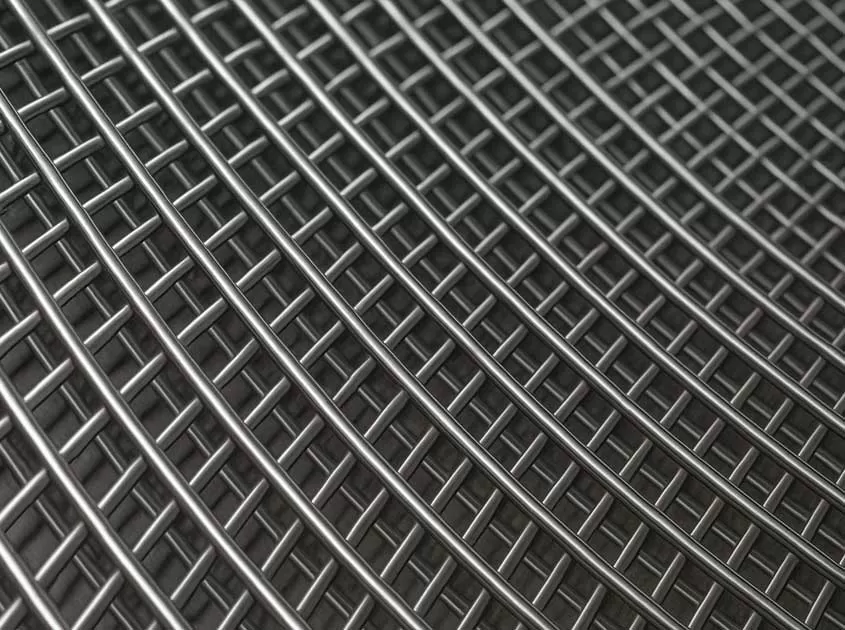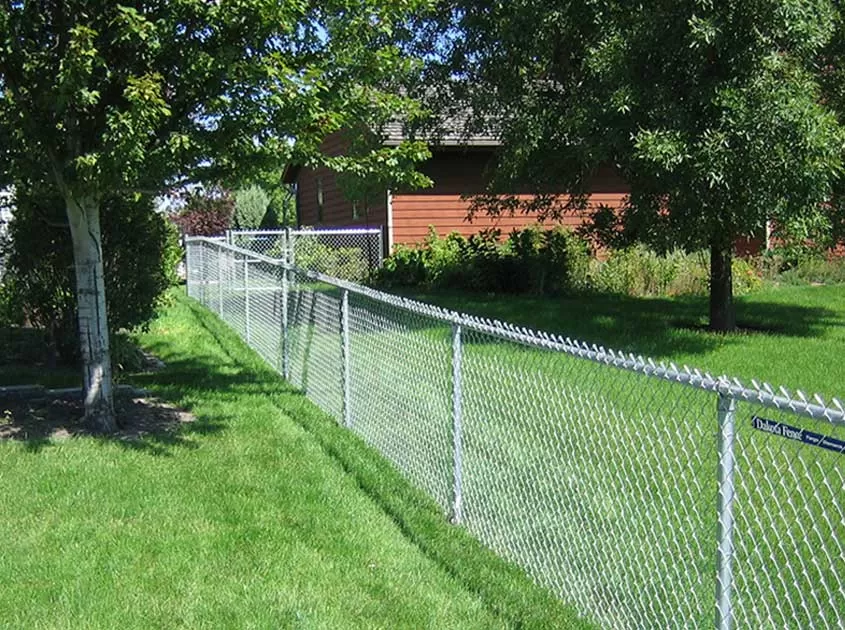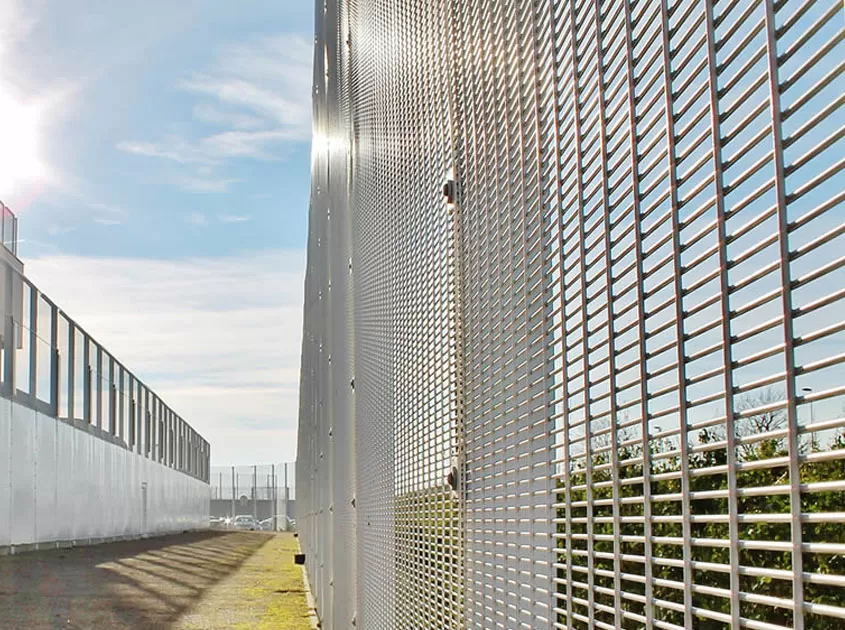How Do You Determine Wire Mesh Size?
Determining wire mesh size involves understanding several key factors, including the mesh count, the wire diameter, the opening size, and the material used. These factors influence the mesh's suitability for various applications, such as filtration, separation, reinforcement, or protection. Here’s a detailed explanation of how to determine wire mesh size:
1. Mesh Count
Mesh count is the number of openings per linear inch of the mesh. For example, a 10 mesh has 10 openings per inch, while a 100 mesh has 100 openings per inch. To measure the mesh count, count the number of openings in one inch of the mesh material. This count directly affects the mesh's filtration capability and its applications.
2. Wire Diameter
The wire diameter is the thickness of the wire used to make the mesh, usually measured in millimeters or gauges. Thicker wires provide more strength and durability but reduce the size of the openings. The wire diameter impacts the overall strength and weight of the mesh, which is crucial for applications requiring high durability.
3. Opening Size
The opening size or aperture is the distance between two adjacent wires, typically measured in inches or millimeters. It is calculated by subtracting the wire diameter from the pitch (the distance between the centers of two adjacent wires). The opening size determines the mesh’s ability to allow materials to pass through. For instance, smaller openings are suitable for fine filtration, while larger openings are better for applications like fencing or sieving larger particles.
4. Material
The material of the wire mesh affects its properties, including corrosion resistance, strength, and suitability for specific environments. Common materials include:
Stainless Steel: Resistant to corrosion and high temperatures, ideal for harsh environments.
Galvanized Steel: Coated with zinc for improved rust resistance, suitable for outdoor use.
Aluminum: Lightweight and corrosion-resistant, used in applications where weight is a concern.
Brass and Bronze: Offer good corrosion resistance and are often used in decorative applications.
5. Weave Type
The weave type also influences the mesh size. Common weave types include:
Plain Weave: The simplest and most common weave, where each wire alternately passes over and under each wire.
Twill Weave: Each wire passes over and under two wires, providing a denser and stronger mesh.
Dutch Weave: Features different diameters of warp and weft wires, creating a tight mesh suitable for fine filtration.
6. Standard Measurements
Wire mesh size can be standardized according to various national and international standards. Familiarity with standards such as ASTM (American Society for Testing and Materials), ISO (International Organization for Standardization), and BS (British Standards) is important for ensuring that the mesh meets the required specifications for specific applications.
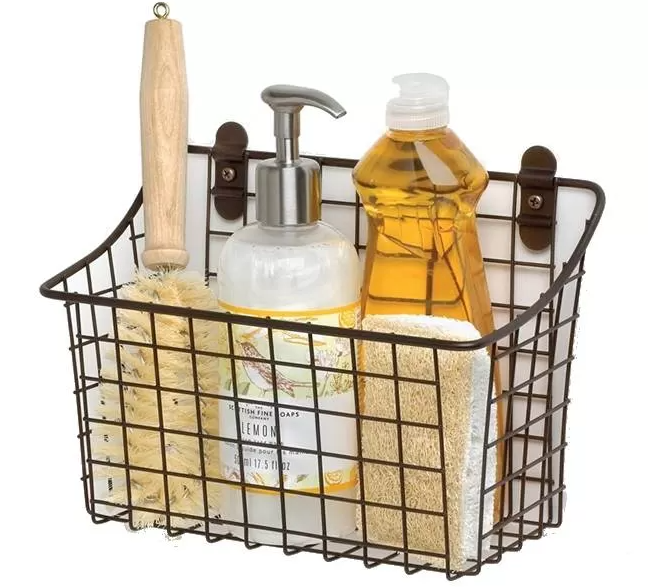
Steps to Determine Wire Mesh Size:
Identify the Application: Determine the purpose of the mesh, such as filtration, fencing, or reinforcement.
Measure the Mesh Count: Count the number of openings per linear inch to determine the mesh count.
Measure the Wire Diameter: Use a caliper or micrometer to measure the thickness of the wire.
Calculate the Opening Size: Subtract the wire diameter from the pitch to find the opening size.
Select the Material: Choose the appropriate material based on environmental conditions and required properties.
Choose the Weave Type: Select a weave type that meets the strength and filtration requirements of the application.
By understanding these factors, one can accurately determine the wire mesh size and ensure it meets the needs of the intended application. Proper selection of mesh size is crucial for optimizing performance, efficiency, and longevity in various industrial and commercial uses.
Here's a table summarizing common wire netting sizes, including mesh size, wire diameter, and corresponding applications:
| Mesh Size (inches) | Wire Diameter (mm) | Common Applications |
| 1/4 x 1/4 | 0.56 - 0.80 | Small animal cages, screen doors, sieves |
| 1/2 x 1/2 | 0.80 - 1.60 | Garden fencing, small animal enclosures |
| 1 x 1 | 1.20 - 2.00 | Chicken wire, garden fencing, gabion walls |
| 2 x 2 | 1.60 - 3.00 | General fencing, garden trellises |
| 1/4 x 1/2 | 0.56 - 0.80 | Rodent control, small animal cages |
| 3/4 x 3/4 | 1.00 - 2.00 | Light fencing, animal enclosures |
| 1/2 x 1 | 0.80 - 1.60 | Aviaries, garden fencing, partitions |
| 1 x 2 | 1.20 - 2.50 | General fencing, trellising |
| 2 x 4 | 2.00 - 4.00 | Heavy fencing, gabion structures |
| 3 x 3 | 2.00 - 4.00 | Heavy-duty fencing, gabion baskets |
Notes:
· Mesh Size: Refers to the size of the openings in the wire netting. Typically, this is measured in inches.
· Wire Diameter: Indicates the thickness of the wire used in the netting, measured in millimeters.
· Applications: Suggests common uses based on the mesh size and wire diameter.
Would you like more detailed specifications or information about specific types of wire netting? Contact Us today for Qunkun quality wire netting sizes. Customize the wire mesh you want.
Qunkun is committed to providing the highest level of customer service when it comes to fencing solutions. We are your One-stop Service Provider for WIRE MESH Business.
Our goal is to ensure that your project, whether it's a small DIY job or a large commercial project, is delivered on time and to your expectations, every time.
-
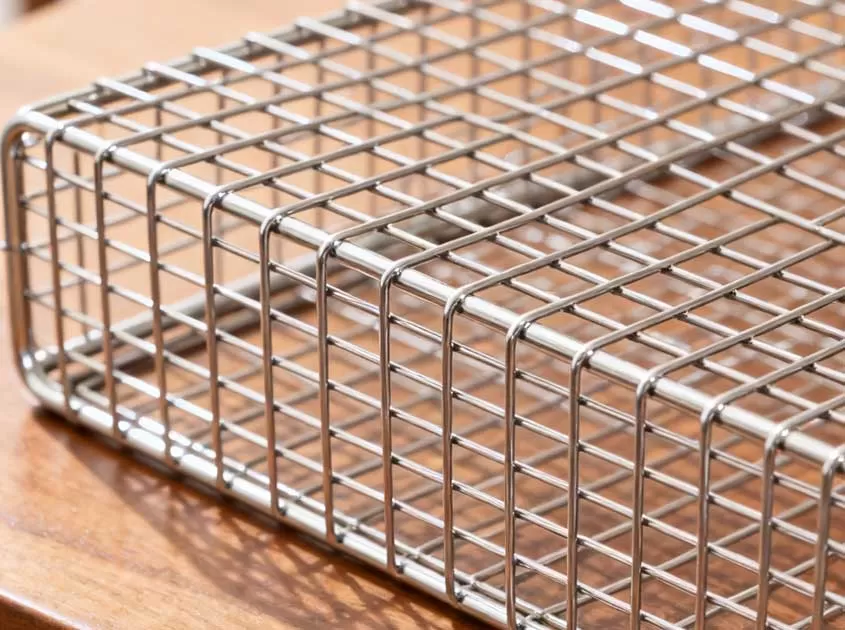 Corrosion-Resistant Stainless Steel Wire Mesh Oct 28, 2025
Corrosion-Resistant Stainless Steel Wire Mesh Oct 28, 2025

- Tel.: +86 311 83077076
- E-mail: sales@qunkunmetal.com
- Skype: qunkunsales01
- WhatsApp: 8618032412189
- Add.: No.69 The Filter Industrial Part of Anping, Hebei, China




